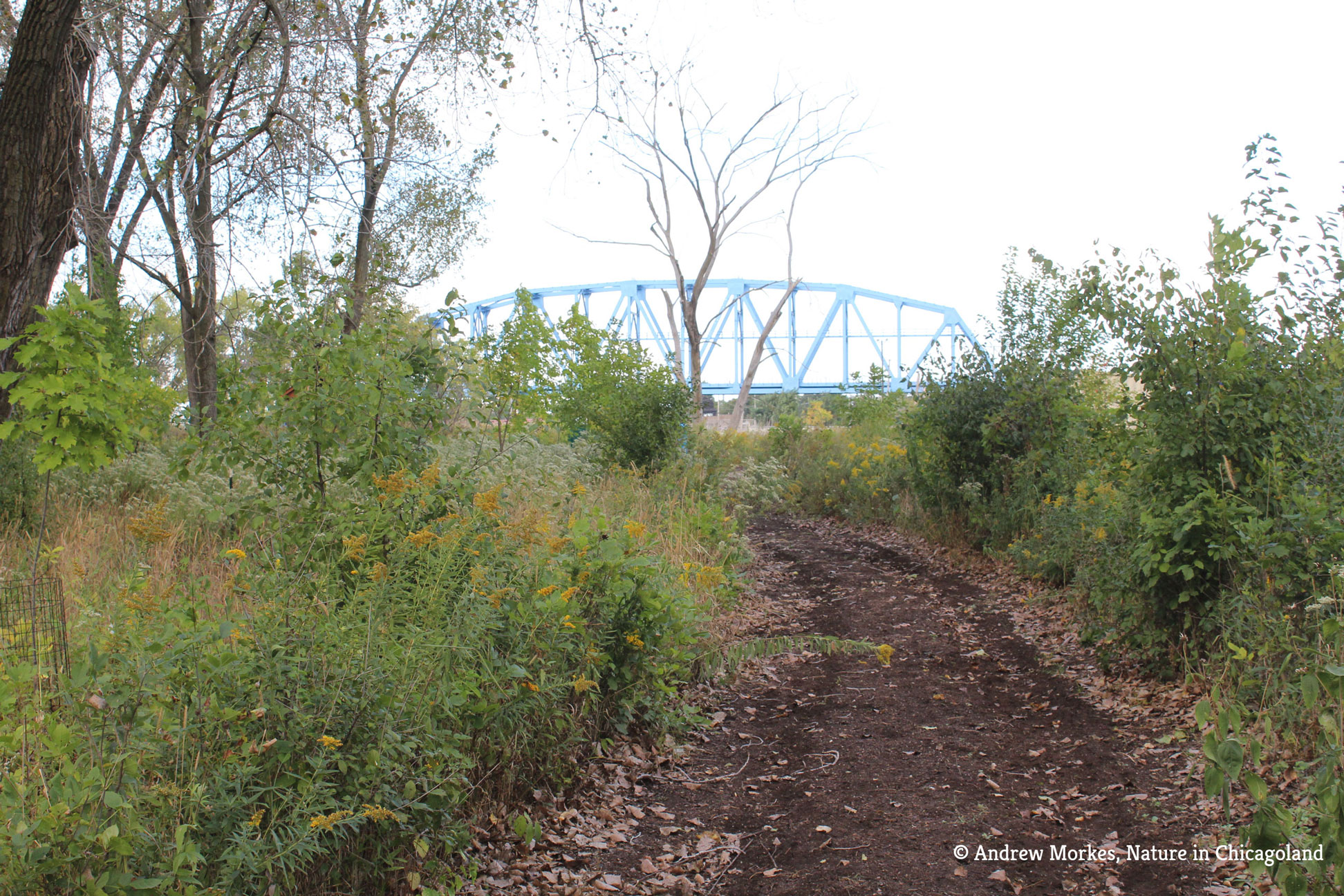The furthest southeast neighborhood in the city is Hegewisch. If you don’t know the area you might even think you are already in the suburbs when driving through. According to Wikipedia Hegewisch has more undeveloped land than the other neighborhoods in Chicago. Chicago Cityscape even reports that in 2018 about 17.7% of the area is open space, primarily under conservation and 16.1% is water. Compare that to 8.4% of the land that is populated by single family homes and 2.7% dedicated to the only mobile park in the city of Chicago.
The community was first established by Adolph Hegewisch, president of U.S. Rolling Stock Company in 1883. Much like Pullman he was looking to create a company town. He chose land near the train tracks and had plans to create more waterway connections to encourage other factories to move nearby. Lack of funds kept the canals from being built and the town did not grow as fully as he had hoped.
However, steel mills did establish in the area. By 1935 workers at the mills began to organize for better pay and better working conditions. In 1936 the Steel Workers Organizing Committee, one of the precursors to the United Steelworkers, was formed. In 1937 they signed a contract with Carnegie-Illinois to improve pay and working conditions. Unfortunately, other steel mills did not follow suit. Non-violent demonstrations ensued until Memorial Day when Republic Steel hired off-duty police officers to the demonstration. They opened fire killing 10 and wounding 100s more. It’s called the Memorial Day Massacre.
Steel mills continued to operate heavily through the Vietnam War, after which demand decreased. Mills started closing in Hegewisch and the last one closed in 2001. From the 1980s residents of Hegewisch worked together to establish a library, a Metra stop, and earn a grant to focus on the infrastructure of the community.
The steel mills left a lot of pollution in the neighborhood and clean up continues today. It hasn’t been a smooth ride. In 1994 Donald Schroud purchased land from one of the last steel mills. He had big plans to clean up the area and redevelop it. Although he had a lot of initial support from the city to start a Tribune article from 2020 tells the story of how it never came to fruition and the questions that remain.
Even though there is still a lot of work to do, much has occurred that makes the community truly unique. Part of the community is named Arizona. Not just because it’s so far south in the city, but because its sandy dirt is home to the only native cactus in Chicago! In January of 2022 Chicago Magazine posted a very nice article about the “town”, in what ways make it a strong community, and how the nature that surrounds it helps give it a feeling of being outside of the city.
While there is still a lot of cleanup to do from all of the pollution Hegewisch has seen, a visit to Hegewisch Marsh Park can serve as a great example of what the rest of the land could be. Nestled in 129 acres native wetland and prairie has been restored. The area is part of a migratory flight path of over 325 species of birds and 210 have been recorded as seen in this marshland. Other animals such as turtles, beavers, and deer have also been spotted. Go visit for hiking, birdwatching, fall colors, and snowshoeing. All within city limits! To learn more about nature preserves in Chicagoland check out this blog.
Sources:
https://en.wikipedia.org/wiki/


 Facebook
Facebook
 X
X
 Pinterest
Pinterest
 Copy Link
Copy Link
